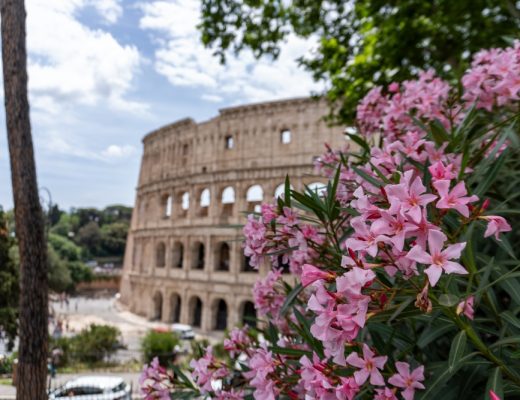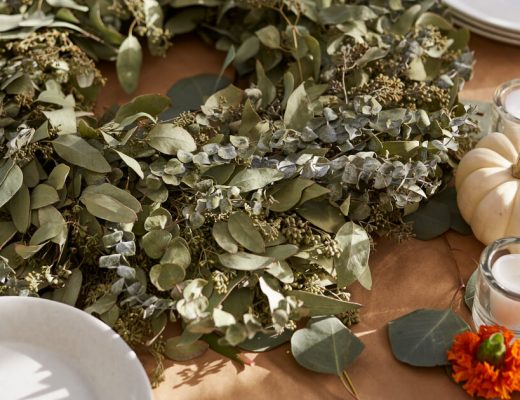Daisies are nature’s way of smiling and telling us that even though there’s a ton of bad in the world… there’s still daisies—the ultimate expression of joy and cheerfulness. And when given as a gift, they’re sure to brighten anyone’s day. But don’t get a false impression that daisies are all looks and no substance. Au contraire, my friend!
They’re hardy, versatile, and have a ton of history and symbolism. That’s why daisies are currently the fifth most popular flower in the world and have wowed culture after culture throughout the centuries.
When people think of daisies, though, they inevitably conjure up the image of the common daisy with its trademark white petals and yellow eye. But there are many, many more types of daisies out there. The most popular daisy flower types are gerbera daisies, Shasta daisies, painted daisies, and oxeye daisies.
In fact, daisies are one of the largest plant families in the world, making up around 10% of the world’s total flowering plant population. Despite their tiny physical stature, daisies have made world domination their main mission (and from the looks of it, they’re succeeding!)
Napoleon complex, short flower syndrome, whatever you want to call it, daisies are out of control! But who really cares if that means more gorgeous daisies in the world for everyone to appreciate? We say keep doing your thing daisies! We certainly don’t mind!
With that quick primer checked off, looks take a look at eight mind-blowing facts about daisies that we guarantee will delight you.
They Enjoy a Full Night of Shut-eye
Just like humans, daisies love to catch some Zs at night. Sure they may not be technically sleeping, but they do close their petals over their eyes until the sun rises back up in the morning. Who doesn’t like some good ol’ refreshing sunlight?
And that strange quirk is also how daisies got their name. In Old English, they were called “daes eag,” which directly translates to day’s eye, in reference to their eye staying open during the day, and shutting during the night.
Daisies are a Tad Bit too Durable
Thanks to being able to thrive in the most inhospitable conditions known to man, from the top of ice-cold mountains to arid plains, it’s possible to find daisies pretty much everywhere—except Antarctica. But that’s not really a knock is it?
Their lack of any discernible weakness—except for the occasional school kid playing a game of “he loves me, he loves me not”—has also made daisies a serious weed problem in many parts of the world. They literally spread like wildfire, and even the most powerful plant pesticides struggle to keep them at bay!
But, don’t worry, we still love ya daisies! Even if you’re a bit of a nuisance sometimes…
Each Daisy is Actually Two Flowers in One
Yep, you heard us right! Daisies are composite flowers which means that for each individual daisy you see, there are actually two flowers—the outside petals (also called rays) are one flower and the central disc is another. And since the two flowers combine so well together, daisies have become a symbol of true love.
Daisies Have Incredibly Rich Symbolism
Speaking of symbolism, daisies represent much more than just true love, friendship, and cheerfulness. They also symbolize innocence and purity, thanks to a Celtic legend. According to the tale, whenever an infant died, God would sprinkle daisies across the earth to console the grieving family.
In Norse mythology, daisies were the sacred flower of the goddess Freya. Thanks to her status as the goddess of love, fertility, and beauty, daisies eventually came to represent childbirth, motherhood, and new beginnings.
Sunflowers are the Daisy’s Big Cousin
As you probably could’ve guessed, it’s not a mere coincidence that daisies look like a miniature version of the sunflower. They’re relatives!
Daisies Come in Nearly Every Color, Except Blue
Just as there is a huge amount of different types of daisies, they are also found in a nearly limitless variety of colors in nature—except for blue. So if you happen to spot a blue daisy in the flesh, we’re sorry to break it to you: it was artificially created.
Daisy Leaves are Edible
Daisy petals are occasionally used as a garnish in salads, soups, and sandwiches. They offer a healthy dose of Vitamin C and some folks out there say they taste quite pleasant. But we can’t comment yet on that latter point because daisies haven’t worked their way into our diet quite yet. But as Biebs would say, “Never say never!”
Daisies Have a Host of Medicinal Properties
In the past, ancient cultures made use of daisies as a way to treat a wide variety of physical ailments, from the common cold to muscle pain and indigestion. We can’t necessarily speak to their effectiveness, but judging by the science of the time, the jury is still out.
As you no doubt have noticed by now, daisies are much more than a pretty, jubilant face. Their swagger and charm speak for itself. If you want to get your hand on a fresh, handcrafted Bouq of daisies to make a delightful impression on someone special in your life, head over to The Bouqs Co. and grab yourself one! Who’s stopping ya!
Shop All



